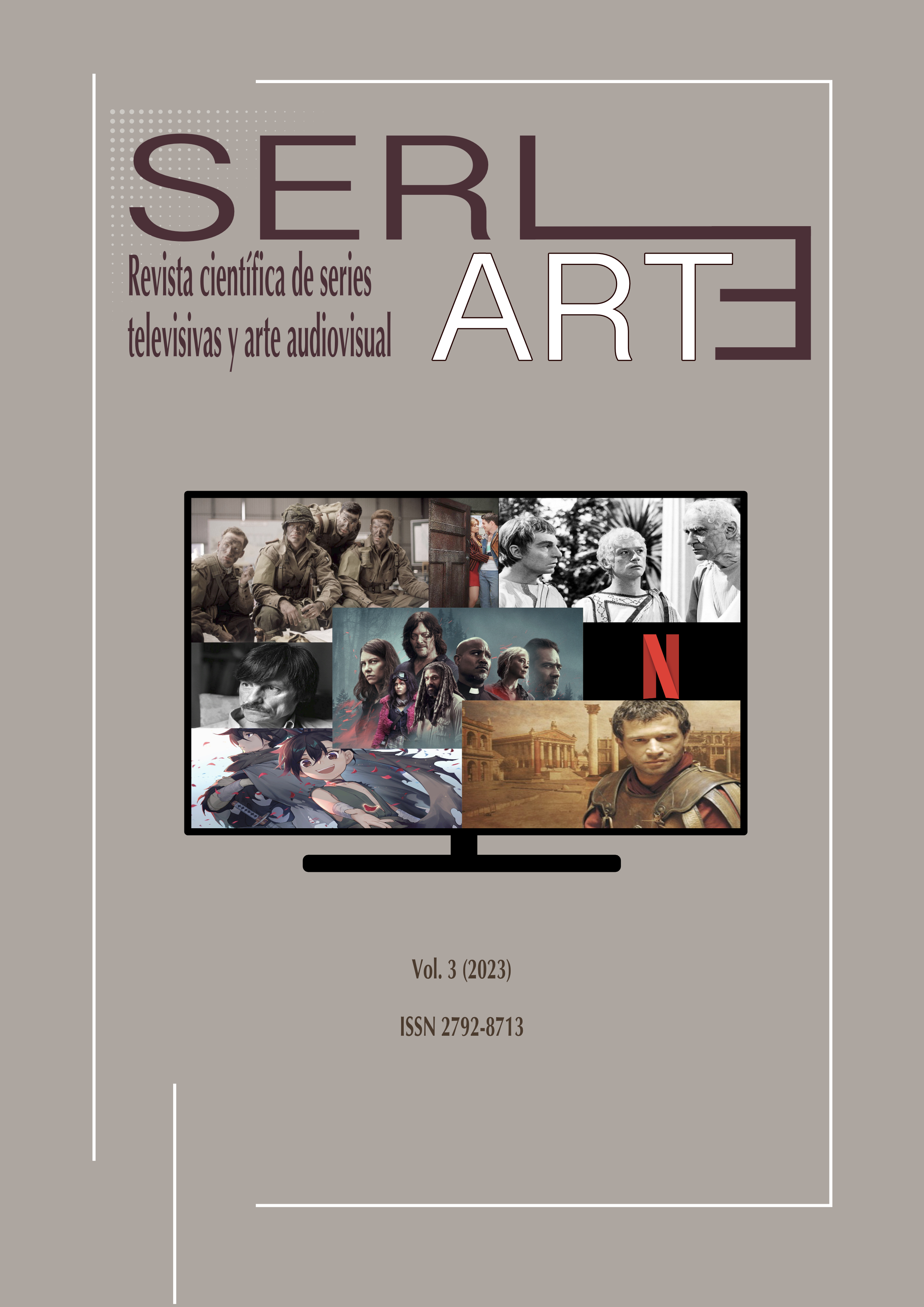Living the Sengoku period with the anime Dororo
Main Article Content
Abstract
The past has been a source of inspiration for the arts in Japan since ancient times. From the literary genre of gunki monogatari in the Heian period (794-1185/1192), through the ukiyo-e woodblocks of the Edo period (1603-1868) and on to the jidaigeki cinema of the 20th century, it is now mainly historical anime that continues to enrich this artistic tradition. It is especially recurrent to take inspiration from the Sengoku period (1467/1477-1603) or «era of the warring states», characterized by the absence of centralized power. While adaptations of this period tend to revolve around specific historical figures, at the opposite extreme we have the anime Dororo, developed by studio MAPPA in 2019, an updated adaptation of the series of the same name written and illustrated by Tezuka Osamu, also known as the God of Manga. We believe that the relevance of the original work, together with the technical and artistic quality of this animated version, make it the ideal case of study with which to bring to the classroom not only the Japanese Middle Ages, but also the interest in other cultures such as the Japanese one.
Downloads
Publication Facts
Reviewer profiles N/A
Author statements
Indexed in
- Publisher
- Ucopress. Cordoba University Press
Article Details

This work is licensed under a Creative Commons Attribution-NonCommercial-NoDerivatives 4.0 International License.
References
Antonio Pineda, Rafael (2022), «Tezuka's Dororo Manga Gets Japanese-S. Korean Vertical Comic Remake», Anime News Network, 26 de mayo. En: https://www.animenewsnetwork.com/news/2022-05-26/tezuka-dororo-manga-gets-japanese-s-korean-vertical-comic-remake/.186030 (fecha de consulta: 1-VII-2022).
Comic Natalie (2013), «永井豪×手塚治虫「どろろとえん魔くん」ゴラクで連載化» (Nagai Gō x Tezuka Osamu Dororo to Enma-kun goraku de rensai-ka; Serializan en Goraku Dororo to Enma-kun de Nagai Gō y Tezuka Osamu [t.a.]), Comic Natalie, 8 de febrero. En: https://natalie.mu/comic/news/84541 (fecha de consulta: 1-VII-2022).
Dororo Stage Official Website. En: https://www.dororo-stage.com/ (fecha de consulta: 1-VII-2022).
Hodgkins, Crystalyn (2012), «Ernesto Foronda Working on Film Adaptation of Dororo Manga», Anime News Network, 3 de mayo. En: https://www.animenewsnetwork.com/news/2012-03-05/ernesto-foronda-workin g-on-film-adaptation-of-dororo-manga (fecha de consulta: 1-VII-2022).
JAANUS, «Fudou Myouou». En: https://www.aisf.or.jp/~jaanus/deta/f/ fudoumyouou.htm (fecha de consulta: 1-VII-2022).
MAPPA y Tezuka Productions (2019), どろろ COMPLETE BOOK (Dororo COMPLETE BOOK [t.a.]), Tokio: MAPPA.
Mark Schumacher Encyclopaedia, «A to Z Photo Dictionary – Japanese Buddhist Statuary». En: https://www.onmarkproductions.com/ (fecha de consulta: 1-VII-2022).
Osaka Heritage Navigator, «八角円堂» (Hakkaku-en-dō [t.a.]). En: https://osaka-bunkazainavi.org/glossary/八角円堂 (fecha de consulta: 1-VII-2022).
Sauder, Mary Lee (2020), «How Important is Period Costume Accuracy in Historical Anime?», Anime News Network, 7 de diciembre. En: https://www.animenewsnetwork.com/feature/2020-12-07/how-important-is-period-costume-accuracy-in-historical-anime/.162605 (fecha de consulta: 1-VII-2022).
Tezuka Osamu Official, «どろろアニメ» (Dororo anime [t.a.]). En: https://tezukaosamu.net/jp/anime/37.html (fecha de consulta: 1-VII-2022).
Tezuka Osamu Official, «どろろマンガ» (Dororo manga [t.a.]). En: https://tezukaosamu.net/jp/manga/310.html (fecha de consulta: 1-VII-2022).
Tezuka Productions, «PS2どろろいよいよ9月、セガより発売» (PS2 Dororo iyoiyo kugatsu, Sega yori hatsubai; Sega por fin saca a la venta en septiembre Dororo para PS2 [t.a.]). En: https://tezukaosamu.net/jp/dir/mushi/200408/topics01.html (fecha de consulta: 1-VII-2022).
TOHO Co., «どろろMovie» (Dororo movie [t.a.]). En: https://www.toho.co.jp/ movie/lineup/dororo/credit.html (fecha de consulta: 30-VI-2022).
Tokyo Origami Museum, «おりがみの歴史» (Origami no rekishi; Historia del origami [t.a.]). En: https://www.origami-noa.jp/おりがみについて/おりがみの歴史/ (fecha de consulta: 1-VII-2022).
UNESCO, «Nōgaku theatre». En: https://ich.unesco.org/en/RL/ngaku-theatre-00012 (fecha de consulta: 1-VII-2022).






